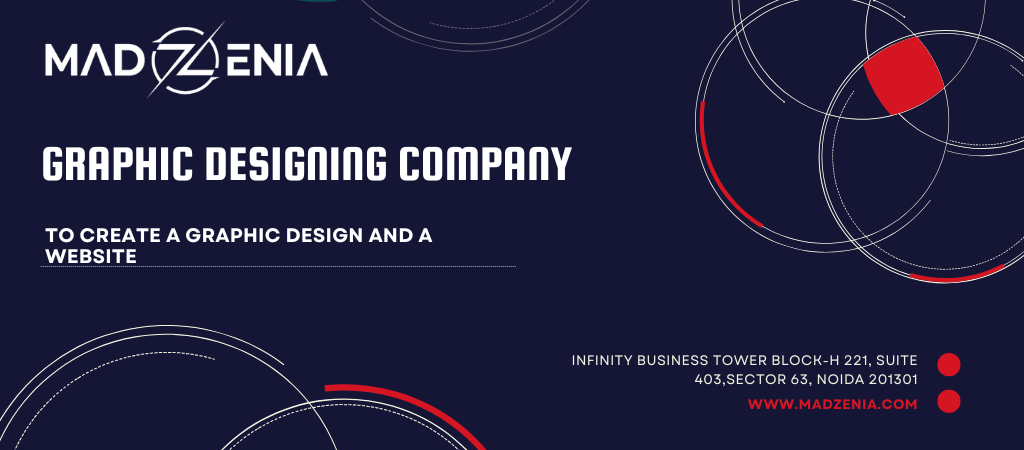
What is Graphic Designing? Exploring the Art of Visual Communication
Graphic designing is a creative discipline that combines art and technology to communicate ideas through visual content. It encompasses a wide range of design elements, including typography, imagery, color, and layout, to create visually appealing and effective messages. Graphic designing is integral to branding, advertising, web design, and more. In this blog post, we will explore what graphic design is, its key components, and its importance in today’s digital age.
Understanding Graphic Designing
Graphic design involves creating visual content to communicate information and ideas to a specific audience. It is used in various media, from print materials like brochures and posters to digital platforms such as websites and social media.
Key Components of Graphic Design
- Typography: The art of arranging text in an aesthetically pleasing and readable manner. Typography involves selecting fonts, adjusting spacing, and ensuring consistency across designs.
- Imagery: The use of photos, illustrations, and icons to support and enhance the visual message. Imagery should be relevant, high-quality, and aligned with the overall design aesthetic.
- Color: Color plays a crucial role in graphic design, influencing mood, conveying messages, and creating visual interest. Designers use color theory to choose harmonious color schemes.
- Layout: The arrangement of design elements on a page or screen. A well-thought-out layout ensures that the design is balanced, easy to navigate, and effectively communicates the intended message.
- Branding: Graphic design is essential in establishing and maintaining a brand’s visual identity. This includes logo design, business cards, packaging, and other branded materials.
Importance of Graphic Design
- First Impressions: Quality graphic design creates a positive first impression, capturing attention and conveying professionalism.
- Brand Recognition: Consistent design elements help build brand recognition and trust among consumers.
- Communication: Effective graphic design conveys information clearly and efficiently, enhancing communication and engagement.
- Marketing and Advertising: Eye-catching designs are crucial for successful marketing campaigns, attracting and retaining customer interest.
Conclusion
Graphic design is a vital tool for visual communication, combining creativity and strategic thinking to convey messages effectively. Whether it’s for branding, marketing, or digital presence, quality graphic design plays a key role in engaging audiences and achieving business goals.
